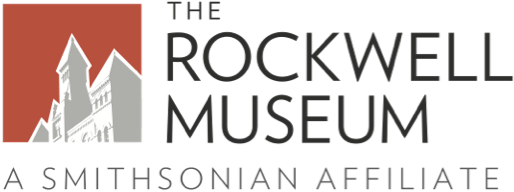
Alley Art Project
In partnership with CPP High School Learning Center. Yes, The Rockwell is behind those public murals!
For over a decade, Rockwell educators have been partnering with the High School Learning Center of the Corning-Painted Post Area School District on the Alley Art Project. We create stunning student-designed and painted murals using The Rockwell’s collection of art and objects as inspiration. Students work under the direction of Rockwell Museum Education staff and special guest artists in creating and painting each mural.
Learn More About Alley Art Project






